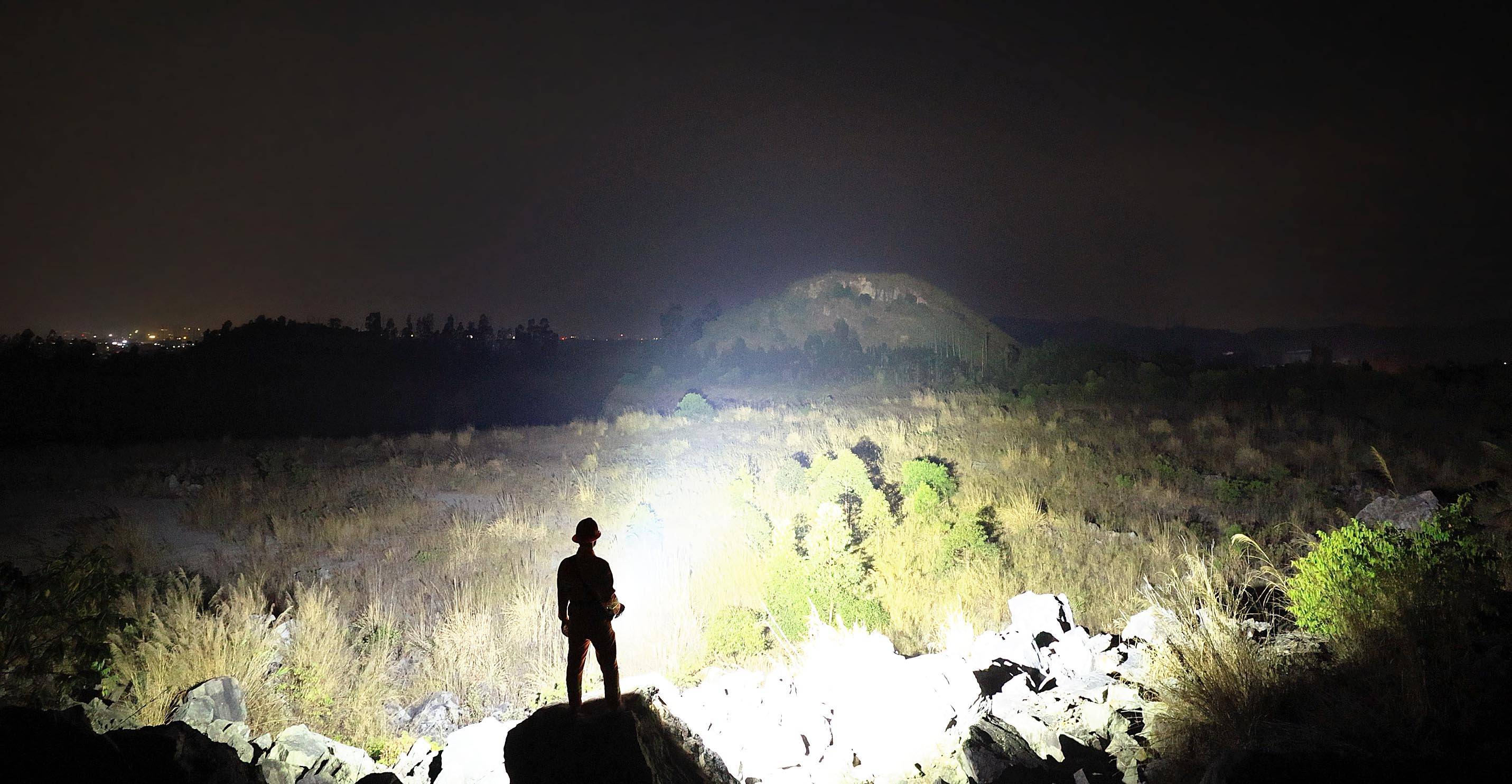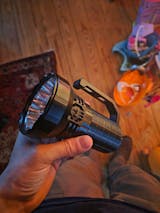No Products in the Cart
So far so good I have only had it a few days and I guess I’m not sure exactly how it works. Am I supposed to put in the charge case after each use or just what it needs to be charged?
The item arrived on time and I’m very happy with the purchase I will keep buying from this company their products 😊
Después de la SR32 le tocaba a la MS32, que la supera en potencia y en inundación, no se puede tener mas potencia, es increible
Perfect for EDC. Durable and compact flashlight that hits the darkest of areas with stadium-like brightness.
At the price point, it will be tough to find better quality.
It comes with a holster, wrist strap, a rechargeable high capacity battery, charging cable and manual - all neatly packaged. Charge before first use. Makes for a great Father’s Day gift.
Got a MS12 mini-C factory second. Can't find anything wrong with the lamp, no scratches, powder coat is perfect, lens is perfect. It was missing its holster, so perhaps thats why its a factory second. I dont have to explain the ms12 mini, its a 65k sun in your hand. Moonlight mode is perfect for walking the dog. Tested the lamp in the blue ridge mountains and was illuminating an entire mountainside.



